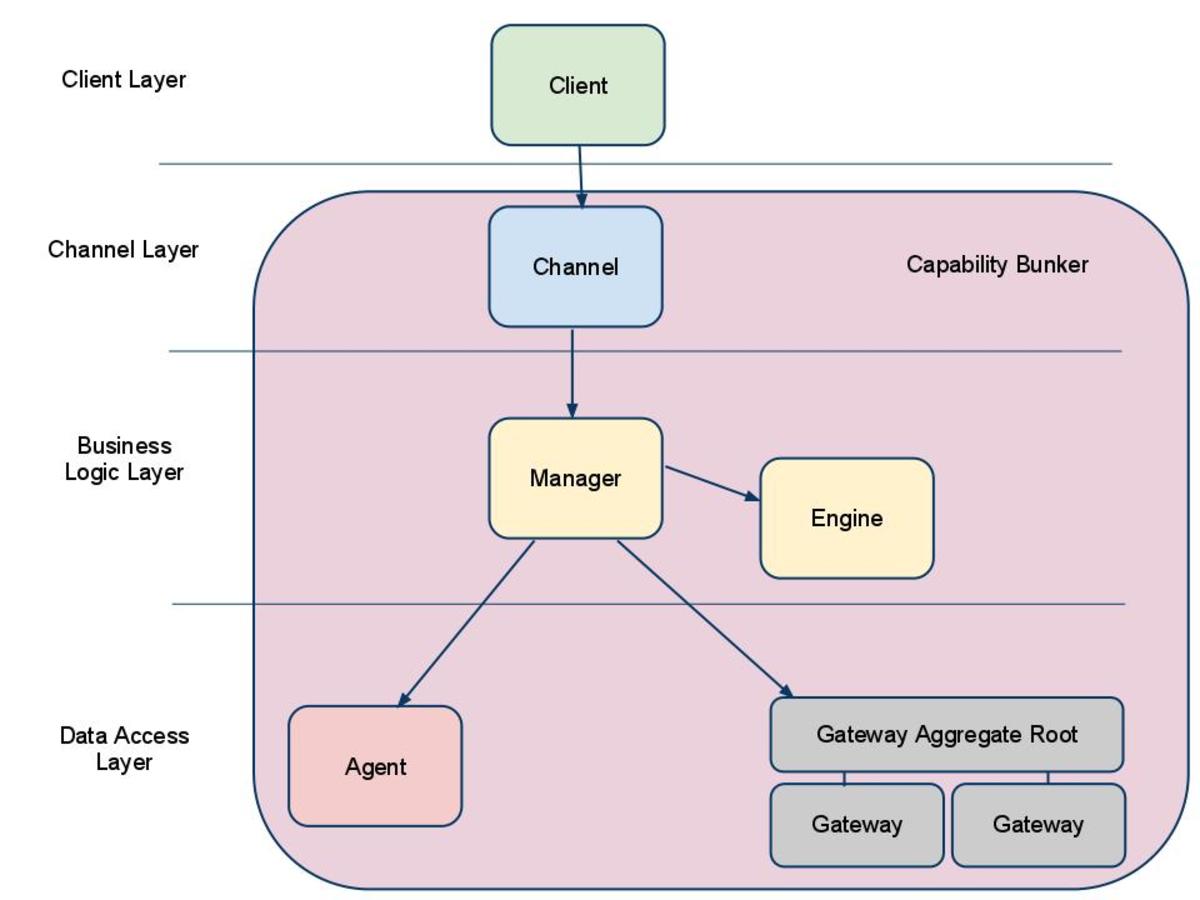- HubPages»
- Technology»
- Computers & Software»
- Computer Science & Programming
Enterprise Software Interface Design Course: Week 1 Discussions

First Discussion
As an analyst charged with gathering the requirements for a new user-based application, discussions with the client are a necessary occurrence. In the initial discussions some questions to consider are:
What factors may impact the interface design? How may new technology influence changes to the product?
What information should an analyst elicit from the client?
When a client engages a consultant to design an application, the client should have some demographic data regarding the perspective users of the new application. Cultural, social, and physical, characteristics of those users may have an impact on the resulting interface. Will any users require special accommodations for accessibility? Certain user limitations, such as blindness, may need to be addressed. Organizational culture and the way users interact may also be factors along with language barriers.
Solutions to problems injected by the above factors can be built into the resulting interface when these factors are identified before the design stage has been completed. Discerning requirements may be more difficult for web-based applications when the characteristics of the users are not known. Some web-development best practices can aid in accessibility design and multiple languages may also be incorporated if desired. The challenge would be to negotiate the alternatives with the client based on cost and time constraints.
New technologies may bring positive change to a final design, especially in the area of accessibility options. One of the author’s clients is a lawyer who happens to be blind. Recent improvements in speech synthesis have enabled the modification of his user interface to output documents in speech. The modifications were very simple, requiring only a software addition to convert his documents to PDF format and an upgrade of Adobe Reader to include the voice component. Both of these modifications were free upgrades to existing software that required no labor charges to implement.
Second Discussion
Continuing the above scenario, How would the analyst determine user needs?
One of the most critical phases of system development is the requirements gathering phase. Initially, when working with a new client to develop a user-based application, the analyst must develop the strategy used to determine what the user needs are, what they prefer, and what the possible differences may be; in other words, the system requirements must be gathered. Many projects fail because the analyst did not gather complete and accurate requirements for the project.
At this stage of developing Human Computer Interaction (HCI) the analyst is mainly concerned with the first level of interaction in the Task, Semantic, Syntactic, and Lexical (TSSL) model as identified by Te’eni, Carey, and Zhang (2007). Charged with identifying the high-level problems that the system will address and the tasks that the system will perform to resolve those problems, a necessary first action would determine the scope of users who will use the system.
Depending on the scope of users; whether they are located locally or scattered across the globe, an analyst would employ methods of distributing questionnaires and conducting personal interviews to determine the user’ requirements. If the business problem leads to tasks that are hard to structure, the analyst would also employ a method of personal observation to ascertain how the proposed users currently perform their daily tasks. I may also use brain-storming and Joint Application Design (JAD) techniques to determine the requirements of highly complex systems.
Analyzing the combined results of the above methods would lead to an accurate problem definition and identification of user needs.
Reference
Te’eni, D., Carey, J., and Zhang, P. (2007). Chapter1: Introduction. Human Computer Interaction Developing Effective Organizational Information Systems. Hoboken, NJ: John Wiley & Sons, Inc.








